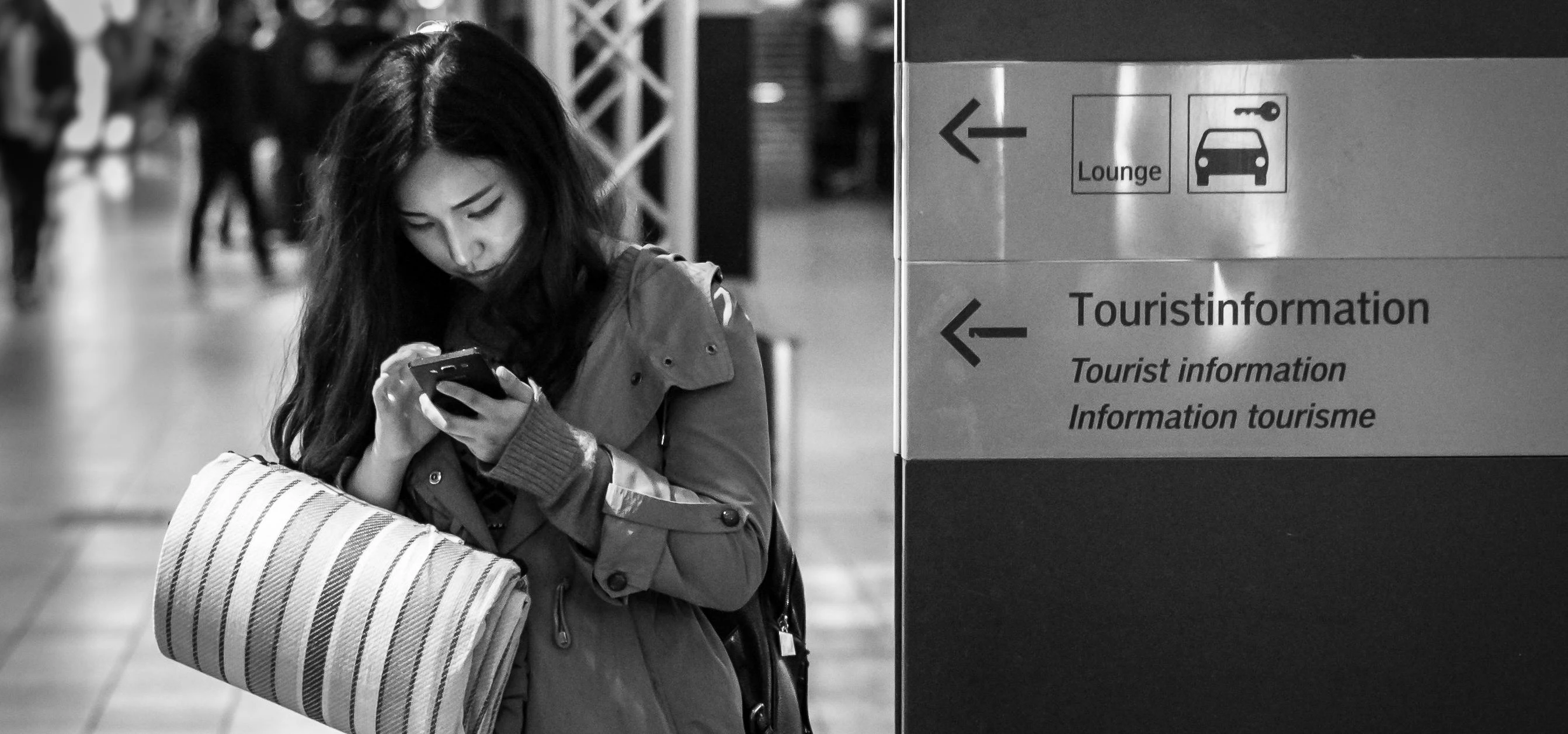
Partner Article
Rethinking the mobile experience in-store
The impact of mobiles on the customer journey is something retailers are well aware of. These handy devices that we carry around constantly – and are often frightened to leave the house without – have become our lifeline for most daily tasks. However, many retail organisations have become so focussed on building and delivering a solid mobile commerce strategy for their online activities that they are missing the opportunity to redefine the in-store experience around shoppers’ use of smartphones.
There is no denying mobile has fundamentally changed the retail landscape – and its impact is not confined to ecommerce alone. Retailers need to rethink in-store marketing in line with today’s consumer behaviour patterns:
Customers come into store more informed
Most shoppers will have done some form of online research before they step foot in your shop. Even impulse buys have become more premeditated, as consumers are able to look up details on their smartphone on route to the store. This means that although they are potentially closer to purchasing, they may have specific, detailed product questions that they expect store associates to be able to answer.
Mobile is the new sales associate
Shoppers’ mobile reliance doesn’t end when they reach the aisles; nearly 75% of consumers use their smartphones to assist their buying decisions in-store, according to a recent study by InReality. Most often, this is to carry out a price comparison to ensure they have got the best deal, however it can also be to find out additional product details which aren’t available at the shelf edge. This creates the risk of shoppers finding a better deal online, and therefore stores must do more to make point of sale marketing more informative, or introduce technology-led initiatives such as clienteling to retain control of the digital customer journey in-store.
Loyalty’s going mobile
It’s not just the purchase journey that mobile is redefining – it’s the entire store experience. One of the biggest areas is has impacted is loyalty, as shoppers now use their smartphone as the central hub for their day-to-day activities. Relying on paper vouchers or plastic cards, often disconnected from online loyalty programmes, no longer meets their digitally-driven standards. To meet these demands, retailers should incorporate digital passbooks for store loyalty, which connect with iPhone and Android devices, and can log purchasing history to enable retailers to start personalising marketing based on individual customer behaviours.
There’s a new generation of tools for connecting with customers
Today’s challenge is to make mobile interactions compliment bricks-and-mortar shopping. Once this is mastered, retailers can begin building on this platform by engaging with customers in new ways through their smartphone. Beacons in particular are empowering businesses to geo-target offers based on shoppers’ location in the store, or send priority promotions to frequent shoppers. However, companies shouldn’t rush into this level of sophistication without getting the basics right first. Mobile is their most important customer communication tool; a robust, long-term strategy is essential to blending the digital with the physical through shoppers’ favourite devices.
This was posted in Bdaily's Members' News section by Tim Barton .
Enjoy the read? Get Bdaily delivered.
Sign up to receive our popular morning National email for free.








 Powering a new wave of regional screen indies
Powering a new wave of regional screen indies
 A new year and a new outlook for property scene
A new year and a new outlook for property scene
 Zero per cent - but maximum brand exposure
Zero per cent - but maximum brand exposure
 We don’t talk about money stress enough
We don’t talk about money stress enough
 A year of resilience, growth and collaboration
A year of resilience, growth and collaboration
 Apprenticeships: Lower standards risk safety
Apprenticeships: Lower standards risk safety
 Keeping it reel: Creating video in an authenticity era
Keeping it reel: Creating video in an authenticity era
 Budget: Creating a more vibrant market economy
Budget: Creating a more vibrant market economy
 Celebrating excellence and community support
Celebrating excellence and community support
 The value of nurturing homegrown innovation
The value of nurturing homegrown innovation
 A dynamic, fair and innovative economy
A dynamic, fair and innovative economy
 Navigating the property investment market
Navigating the property investment market